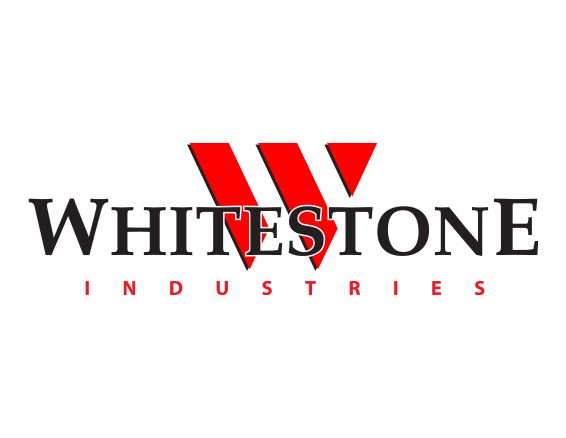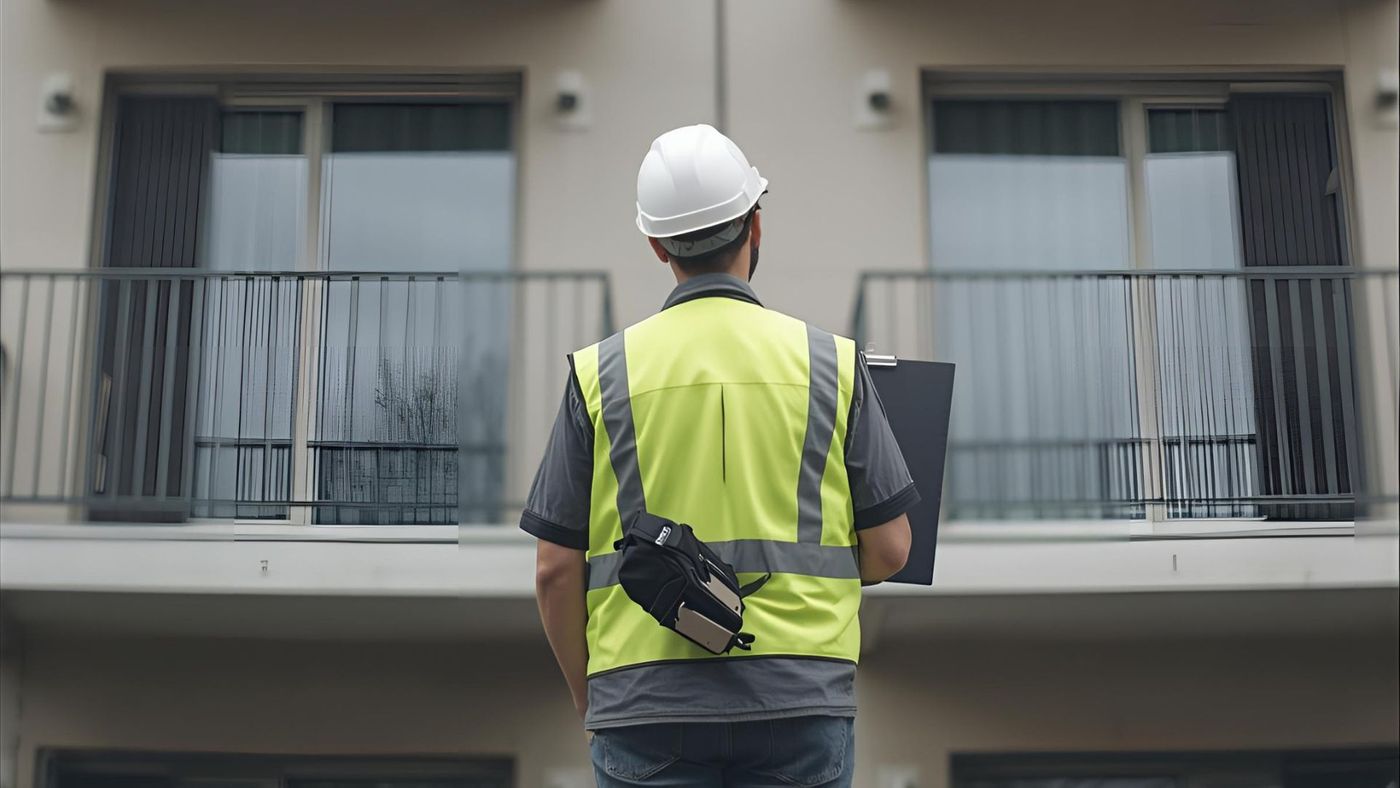In 2015, a tragic balcony collapse in Berkeley claimed several lives and prompted major changes in California building safety laws. In response, legislators introduced two crucial pieces of legislation — Senate Bill 721 (SB 721) and Senate Bill 326 (SB 326) — to prevent similar structural failures in the future.
Although both laws address balcony and exterior elevated element (EEE) inspections, they differ in who they apply to and what’s required for compliance. This article breaks down SB 721 vs SB 326 so apartment owners and HOAs can easily understand the differences and stay compliant before the January 1, 2025 deadline.
What Is SB 721?
Senate Bill 721 (SB 721), passed in 2018, applies to apartment buildings and multifamily rental properties with three or more units. The goal is to ensure balconies, decks, and exterior walkways are safe for tenants and structurally sound.
Under SB 721, property owners must hire a qualified inspector — such as a licensed architect, engineer, or contractor — to examine at least 15 percent of each type of exterior elevated element in the building. These inspections check for dry rot, water intrusion, corrosion, and other signs of decay that could compromise safety.
The first inspection must be completed by January 1, 2025, with follow-up inspections every six years. If any defects are discovered, owners have 120 days to make necessary repairs. Failure to comply may result in civil fines, building department violations, or even tenant relocation liabilities in severe cases.
Simply put, SB 721 ensures landlords maintain safe, well-constructed balconies and decks for renters across California.
What Is SB 326?
Senate Bill 326 (SB 326) was passed a year later, in 2019, and targets condominiums and homeowners associations (HOAs) rather than rental buildings. Its main purpose is to protect residents in shared ownership communities from the same structural risks.
SB 326 requires HOAs to arrange inspections of all load-bearing elevated structures — such as balconies, decks, walkways, and stairways — that rely on wood framing or similar materials. These inspections must be conducted by a licensed structural engineer or architect, and the results must be documented in the HOA’s reserve study.
This ensures that findings about structural conditions are integrated into long-term maintenance and budgeting plans. Like SB 721, the first inspection must be completed by January 1, 2025, but subsequent inspections occur every nine years, rather than six.
SB 326 is all about proactive maintenance and financial preparedness within HOAs. It creates accountability among board members to protect their community’s safety and property value.
SB 721 vs SB 326: Key Differences Explained
While both laws share the same goal of preventing balcony collapses, their scope, frequency, and compliance procedures differ.
SB 721 applies to apartment buildings and multifamily rentals, focusing on tenant safety and direct owner responsibility. Inspections must cover at least 15% of each type of balcony or elevated structure and must be performed every six years. Qualified professionals like contractors, engineers, or architects can conduct these inspections. If damage is found, owners must repair it within 120 days and file documentation with the local building department.
SB 326, however, applies only to condominiums and HOAs. Every load-bearing balcony or elevated structure must be inspected — not just a sampling. The inspections must be conducted by a licensed structural engineer or architect, and the findings must be included in the association’s reserve study. The first inspection deadline is the same — January 1, 2025 — but the reinspection interval is every nine years instead of six. Repairs are scheduled according to the HOA’s maintenance plan rather than a fixed deadline.
In short, SB 721 covers rental properties, while SB 326 governs shared residential communities. The primary difference lies in who’s responsible and how inspections are managed — individual landlords for SB 721 and HOA boards for SB 326.
Who Performs the Inspections?
Both laws require inspections by qualified experts, but the credentials differ slightly.
For SB 721, inspections may be completed by a licensed architect, engineer, or general contractor (Class B) experienced in structural assessments.
For SB 326, the state mandates that only licensed structural engineers or architects may perform the work, given the complexity of evaluating shared condominium structures.
All inspectors must issue signed, written reports detailing their findings, identifying any structural damage, and recommending appropriate repairs or follow-up actions.
The Cost of Compliance
The cost of complying with SB 721 or SB 326 depends on several factors, including the building’s size, accessibility, and number of balconies or decks.
For apartment buildings under SB 721, owners can expect to pay roughly $300 to $800 per balcony for an inspection, depending on location and scope.
For condominiums and HOAs under SB 326, the cost is typically $250 to $700 per balcony, since the inspections are often bundled with reserve studies or performed across multiple units at once.
While these costs can add up, compliance is far less expensive than the potential consequences of ignoring structural issues — including lawsuits, code violations, or catastrophic failures.
How to Stay Compliant
If you’re a property owner or HOA board member, follow these steps to ensure compliance:
-
Identify which law applies to your property. Rental buildings must follow SB 721, while HOAs must comply with SB 326.
-
Hire a qualified professional. Confirm your inspector’s license and experience with balcony inspections.
-
Schedule your inspection early. Demand for inspections is rising as the 2025 deadline approaches.
-
Document everything. Keep inspection reports and repair documentation for at least two cycles.
-
Perform repairs promptly. Don’t delay if an inspector finds structural deficiencies.
-
Plan for the future. Incorporate inspections into ongoing maintenance and budgeting cycles.
Proactive compliance demonstrates responsible property management and helps preserve your investment’s value.
Common Mistakes to Avoid
Many owners and HOAs make simple yet costly mistakes, such as:
-
Waiting too long to schedule inspections, leading to contractor shortages
-
Hiring unqualified inspectors who don’t meet state requirements
-
Failing to document or retain inspection reports
-
Ignoring minor signs of deterioration until they become serious problems
Avoiding these pitfalls will save you time, money, and stress.
Why Compliance Matters
Complying with SB 721 and SB 326 is more than just following the law — it’s about protecting lives and preserving property.
Regular inspections prevent accidents, extend the lifespan of your structures, and enhance the safety of everyone who lives or visits your property.
Moreover, compliance can increase your property’s market value by showing potential buyers and tenants that the building is well-maintained and up to code.
Expert Tips for Smooth Inspections
-
Schedule inspections during dry seasons for easier access and more accurate assessments.
-
Communicate early with tenants or HOA members to minimize disruption.
-
Keep digital copies of all reports for future reference or real estate disclosures.
-
Work with firms experienced in both SB 721 and SB 326 compliance for seamless coordination.
For official information, review the state legislation:
FAQs
1. Are both SB 721 and SB 326 mandatory?
Yes. Both laws are legally required for applicable buildings in California.
2. How often must inspections be done?
Every six years under SB 721 and every nine years under SB 326.
3. Can a property be subject to both laws?
No. SB 721 applies to rental properties, and SB 326 applies to HOAs.
4. Who pays for HOA inspections under SB 326?
The HOA typically pays, using reserve funds or special assessments.
5. What happens if a structure fails inspection?
Repairs must be made within 120 days (SB 721) or as scheduled by the HOA (SB 326).
6. Can owners do inspections themselves?
No. Only licensed engineers, architects, or qualified contractors can perform inspections.
Conclusion
California’s SB 721 and SB 326 laws have reshaped how property owners and HOAs approach building safety.
Whether you own a rental property or serve on an HOA board, understanding these laws — and acting before the January 2025 deadline — protects residents, reduces liability, and safeguards property value.
Proactive compliance today means peace of mind tomorrow. Don’t wait — schedule your inspection now and keep your community safe.

